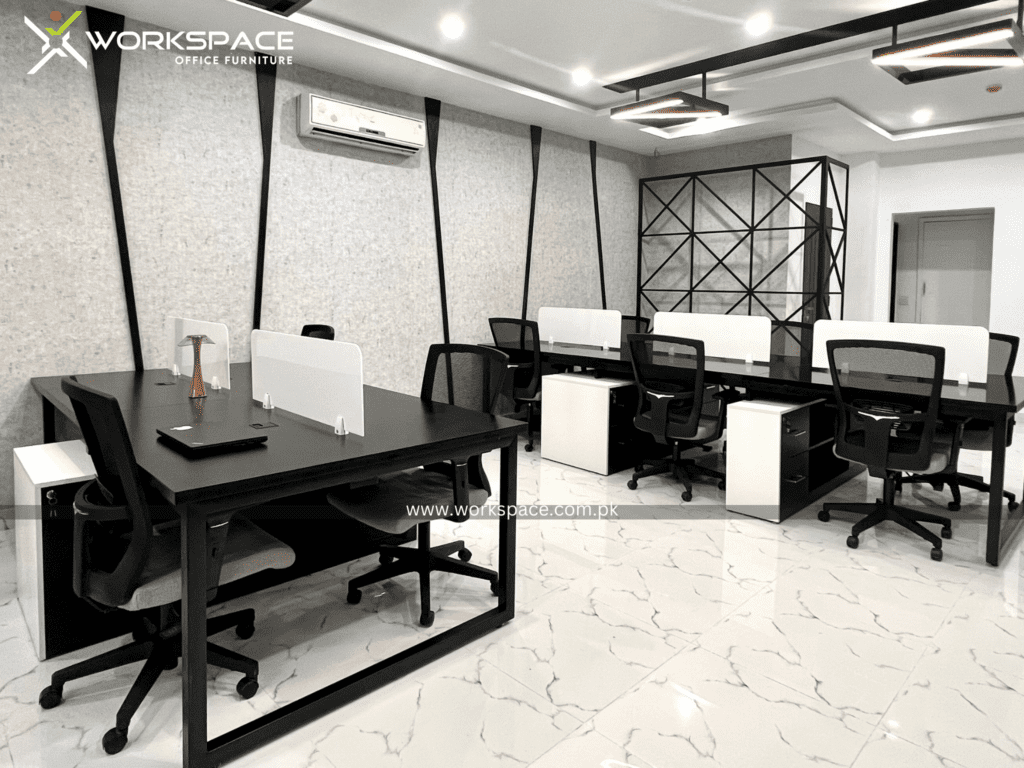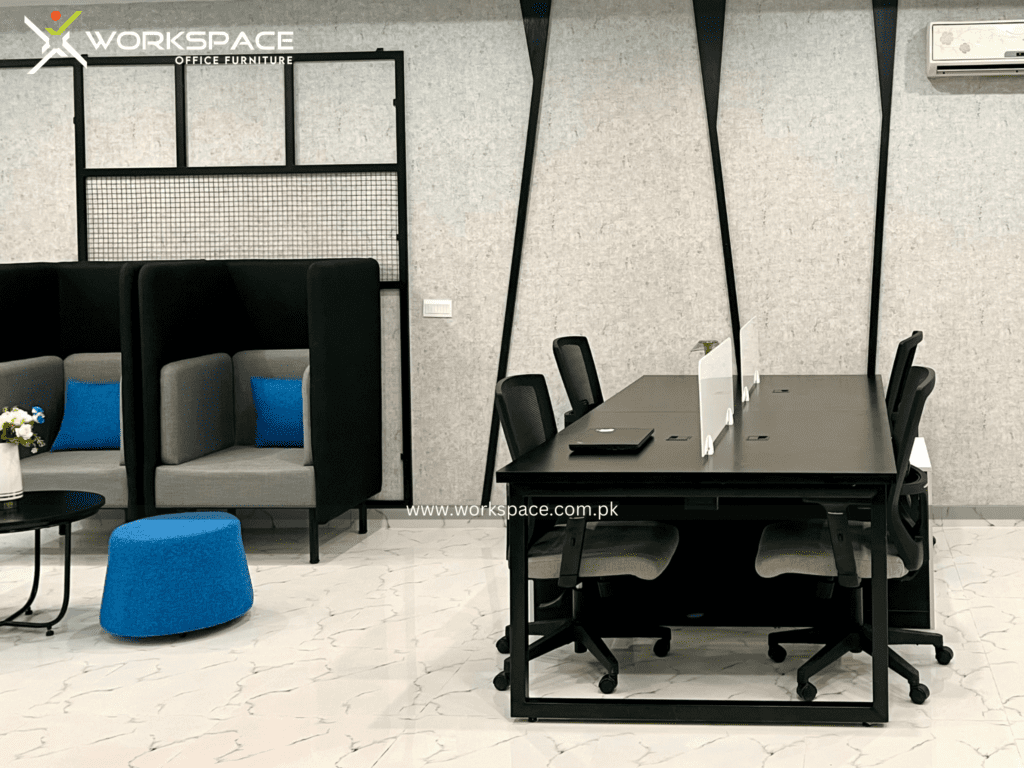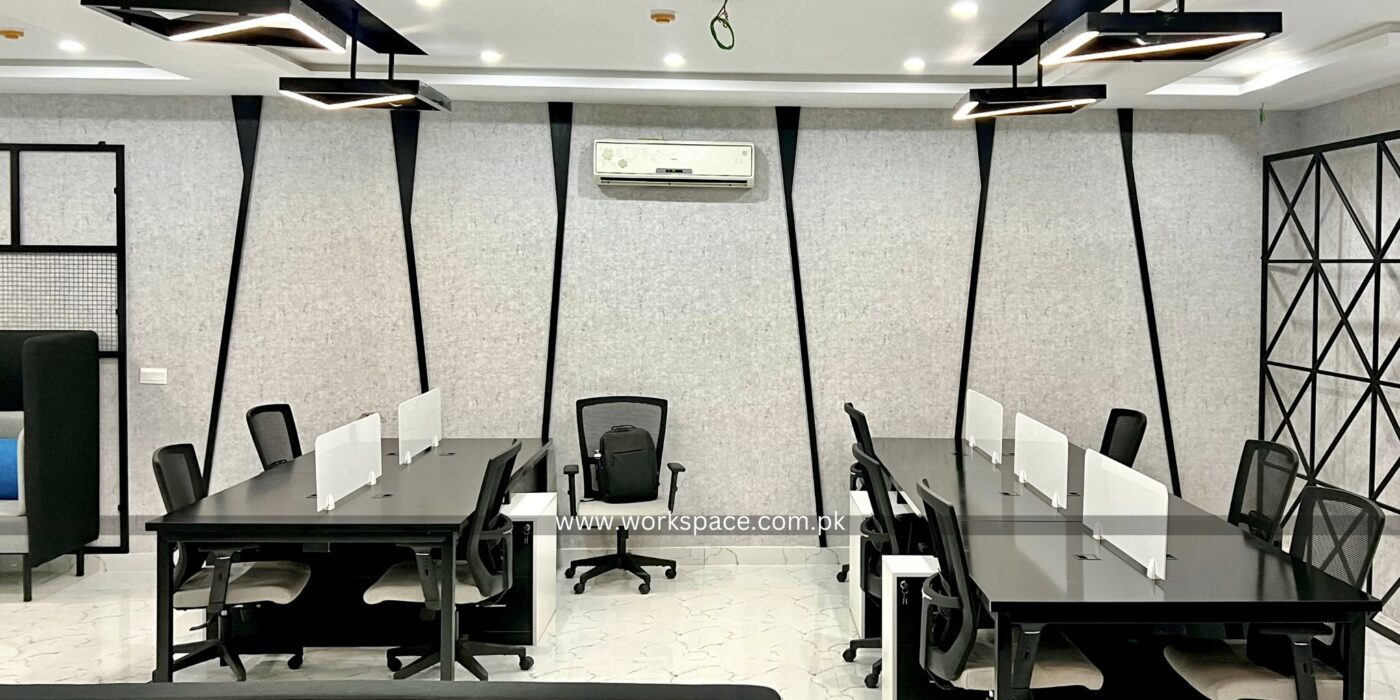In today’s fast-paced and technology-driven world, many of us spend a significant portion of our day sitting at a desk, working on our computers. However, long hours in uncomfortable office chairs can take a toll on our bodies, leading to discomfort, fatigue, and reduced productivity. The solution? Comfortable office chairs. These ergonomic marvels not only provide support and promote good posture but also contribute to our overall well-being. In this blog post, we will delve into the benefits of comfortable office chairs and guide you on how to choose the perfect one for your needs.


Why Comfortable Office Chairs Matter:
1. Enhanced Comfort: Sitting for extended periods can lead to discomfort, especially when using poorly designed chairs. Comfortable office chairs, on the other hand, offer plush cushioning, adjustable features, and optimal lumbar support, allowing you to work comfortably for longer durations without experiencing pain or stiffness.
1.2. Improved Posture: Maintaining proper posture is crucial for spinal alignment and overall musculoskeletal health. Ergonomic office chairs are designed to support the natural curvature of your spine, helping you sit upright and avoid slouching. By promoting better posture, these chairs can prevent backaches, neck strain, and other posture-related issues.
1.3. Enhanced Productivity: When you’re comfortable and free from distractions, your focus and productivity soar. Comfortable office chairs provide the necessary physical support, allowing you to concentrate on your tasks without discomfort. Additionally, adjustable features such as height, armrests, and tilt mechanisms enable you to customize the chair to suit your preferences, enhancing your overall efficiency.
Key Features of Comfortable Office Chairs:
2.1. Adjustable Height: The ability to adjust the chair’s height ensures that your feet can rest flat on the ground, promoting proper blood circulation and reducing strain on your lower back and legs.
2.2. Lumbar Support: Look for chairs that offer adequate lumbar support, typically in the form of adjustable lumbar pads or built-in lumbar curvature. This feature helps maintain the natural inward curve of your lower back and prevents slouching.
2.3. Seat Depth and Width: A comfortable office chair should provide ample seat depth and width to accommodate different body sizes. You should be able to sit with your back against the backrest while leaving a few inches between the seat’s edge and the back of your knees.
2.4. Armrests: Adjustable armrests can alleviate shoulder and neck tension by providing support for your arms and reducing strain on your upper body. Look for chairs with padded and adjustable armrests that allow you to rest your arms comfortably while typing or using a mouse.
2.5. Swivel and Casters: A chair that swivels and has smooth-rolling casters allows you to move effortlessly without straining or twisting your body. This feature is especially beneficial when you need to reach items on your desk or interact with colleagues in a collaborative workspace.


Choosing the Right Comfortable Office Chair
3.1. Test Before Purchase: It’s essential to try out different office chairs before making a decision. Sit in the chair for a few minutes, adjusting the settings to suit your needs. Assess the comfort level, support, and overall feel to ensure it matches your preferences.
3.2. Quality and Durability: Investing in a high-quality office chair ensures longevity and durability. Look for chairs made from sturdy materials, such as steel or aluminum frames, and high-quality upholstery that can withstand daily use.
3.3. Ergonomic Certification: Consider chairs with ergonomic certifications like BIFMA (Business and Institutional Furniture Manufacturers Association) to ensure they meet industry standards for comfort and safety



